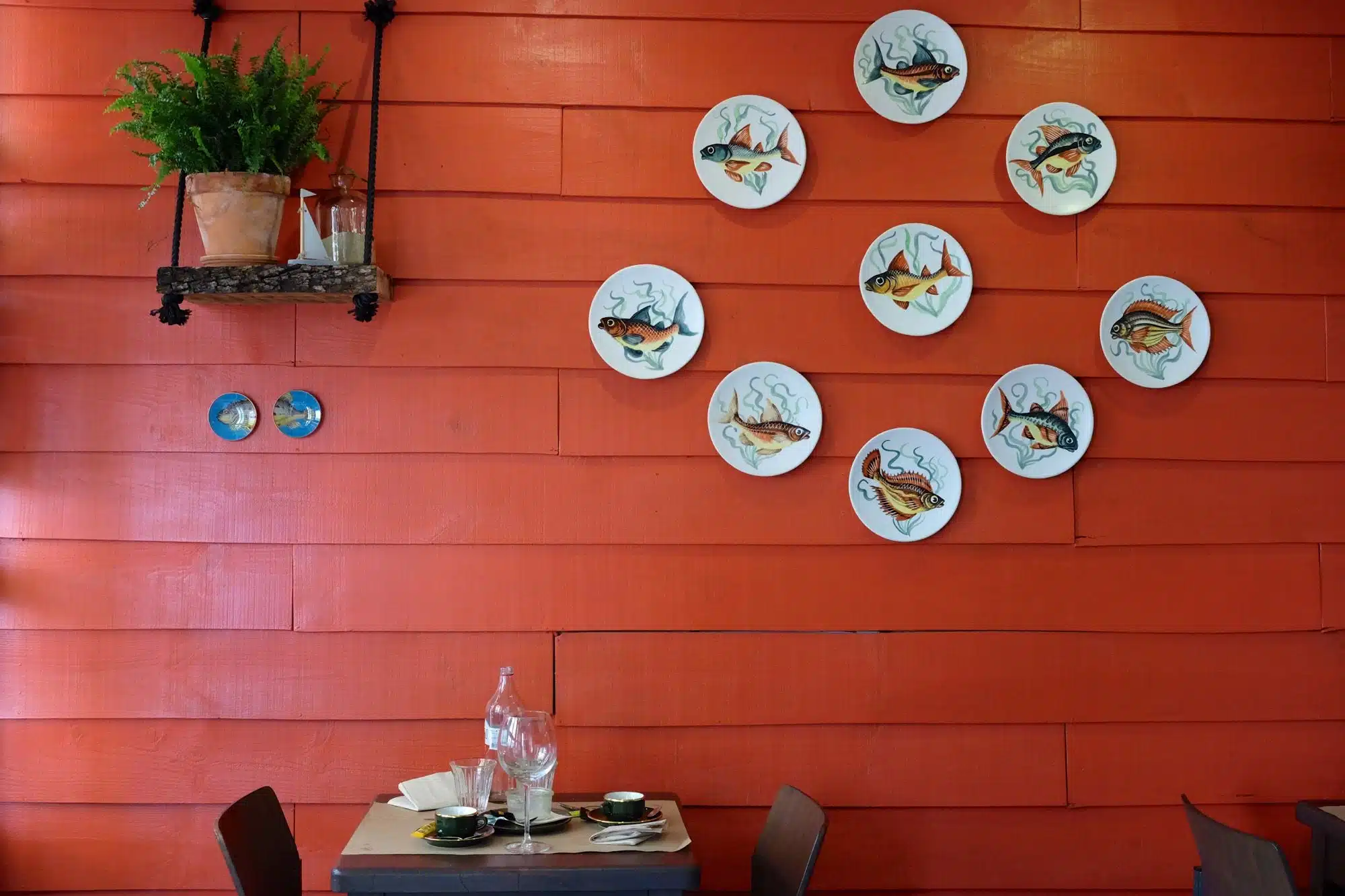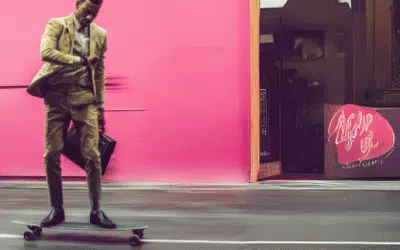The game of withdrawal and rejection

Written By Nils Derboule
Blog | What about me?
In this first article of the series “Living together”, “The game of withdrawal and rejection”, Nils makes the link between the three fundamental emotions that guide our lives, and their true nature.
« The game of withdrawal and rejection »
Withdrawal is an tendency that we see everywhere. Fear fuels it. The more I’m afraid, the more emotionally and physically unconfortable I feel, and the less power I have to reach out to others. Like a well-oiled machine in motion, the repetition of this emotion and the story we weave around it pushes us to repeat this pattern over and over again, which becomes reassuring. Can we then blame our neighbor who never opens her door when the doorbell rings, or our childhood friend who locks himself away behind screens in virtual conspiracies?
Should we fight this withdrawal? This flight? For the Great Perfection, this tendency is intrinsic in our way of being. It’s an expression of our inner world.
Our vision of the world is deeply binary: flee, or fight. Love, or reject. Be alone, or be surrounded. We can’t imagine our lives beyond these two constantly shifting positions. The blink of en eye is enough to change our minds. Who hasn’t seen Newton’s pendulum, with its five balls knockingagainst each other in a hypnotic motion?
Seeing these three aspects of our reality as they really are – natural dynamics, intrinsic to ourselves and our existence – frees us from what they appear to be: withdrawal, rejection of others, fear of emptiness… This is what each Dzogchen practice proposes: to bring our vision back to the very basis of our experience.“
These two attitudes, which constantly alternate and create our habits through their repetition, are the two fundamental forces of our existence.
The first is experienced as a necessary withdrawal, an essential need to escape, a reassuring protective cowering perhaps, which is actually like a centrifugal force: a movement from the periphery to the center. In the Dzogchen tradition, this is an internal dynamic, in the sense of “moving inward”.
But withdrawal means rejection: the oyster, faced with danger, expels a jet of water just before closing its shell. This rejection, this impulse to resist or to fight, this feeling of projecting our anger onto others, of pushing back the aggressions of the world around us, is simply the mirror movement of the previous one: an external dynamic, “going outward”.
At the root of the these two fundamental dynamics -external and internal- lies a third one. Interpreted by our senses and habits, we experience it as mental and emotional confusion, an insidious fear, a panic attack, a gnawing anxiety. Or, less dramatically, as a deep, elusive sense of emptiness. Yet it is the foundation, the universe of possibilities: an empty dynamic. Dynamic, because it is potentially active, like the suspended motion of the pendulum ball at the top of its stroke. Empty, because it is not the origin of movement, but its potential.
Seeing these three aspects of our reality as they really are – natural dynamics, intrinsic to ourselves and our existence – frees us from what they appear to be (withdrawal, rejection of others, fear of emptiness…). This is what each Dzogchen practice proposes: to bring our vision back to the very basis of our experience.
The crucial instrument for returning to the source is clarity, which we lose so quickly these days. Recalling it requires us to take a step back, to widen our field of vision, to become aware of the emotions, sensations and thoughts that influence our decisions. But if we really want to discover what this clarity is, to develop and stabilize it, we have to go out and meet it. This means training ourselves to naturally focus on its source, and the best way to do this is to be guided.
It’s worth the effort: when our vision meets the foundation of our experience, we are literally in the flow of existence. Our vision is now one with the three dynamics (inner, outer and empty). We now know how to deal with our childhood friend’s tendency towards conspiracy, and we have the intuition of the right word to start a conversation with our neighbor. Having opened our vision of the world, we are able to go out into the world around us fully, authentically and fearlessly.
More Posts
A Dream Life
In « A Dream Life », Grégoire wonders what the “right conditions” would be for practicing a spiritual path.
Speed-Dharma
In “Speed-Dharma,” Denis point out that, despite the impression of acceleration and “ time famine,” patience remains an essential virtue on the path.
The Invisible Trails
In “The Invisible Trails”, Mila Khyentse draw a subtle sandline starting from the “Merveille” and resulting in Great Perfection.




